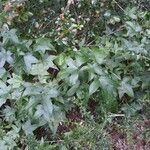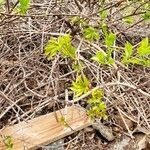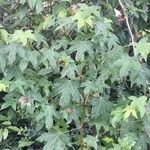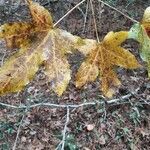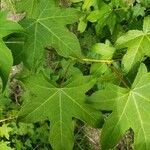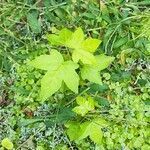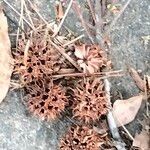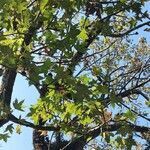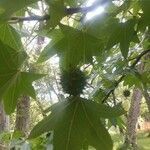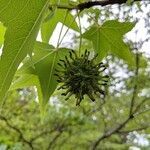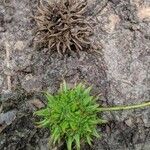| Therapeutic use
|
Cough (plant exudate), Antidiarrheal (bark), Gynecological Aid (bark), Other (bark), Sedative (bark), Antipyretics (bark), Diarrhea (bark), Hypnotics and sedatives (bark), Antipyretics (plant exudate), Common cold (plant exudate), Diarrhea (plant exudate), Dysentery (plant exudate), Hypnotics and sedatives (plant exudate), Intestinal diseases, parasitic (plant exudate), Postnatal care (plant exudate), Stomach diseases (plant exudate), Wounds and injuries (plant exudate), Dermatological Aid (root), Antipyretics (root), Diarrhea (root), Hypnotics and sedatives (root), Veterinary Aid (sap), Dermatological Aid (unspecified), Diaphoretic (unspecified), Febrifuge (unspecified), Headache (unspecified), Antiseptic (unspecified), Catarrh (unspecified), Dentifrice (unspecified), Diarrhea (unspecified), Digestive (unspecified), Diuretic (unspecified), Dysentery (unspecified), Eruption (unspecified), Expectorant (unspecified), Gonorrhea (unspecified), Gum (unspecified), Halitosis (unspecified), Inflammation (unspecified), Masticatory (unspecified), Medicine (unspecified), Perfume (unspecified), Scabies (unspecified), Sedative (unspecified), Skin (unspecified), Stomachic (unspecified), Soporific (unspecified), Stimulant (unspecified), Sudorific (unspecified), Toothache (unspecified), Tumor (unspecified), Uteritis (unspecified), Vulnerary (unspecified), Wound (unspecified), Fumigant (unspecified), Herpes (unspecified), Sore(Foot) (unspecified), Carminative (unspecified), Fever (unspecified), Parasiticide (unspecified), Pectoral (unspecified), Tea (unspecified), Tooth (unspecified), Sore (unspecified)
|
